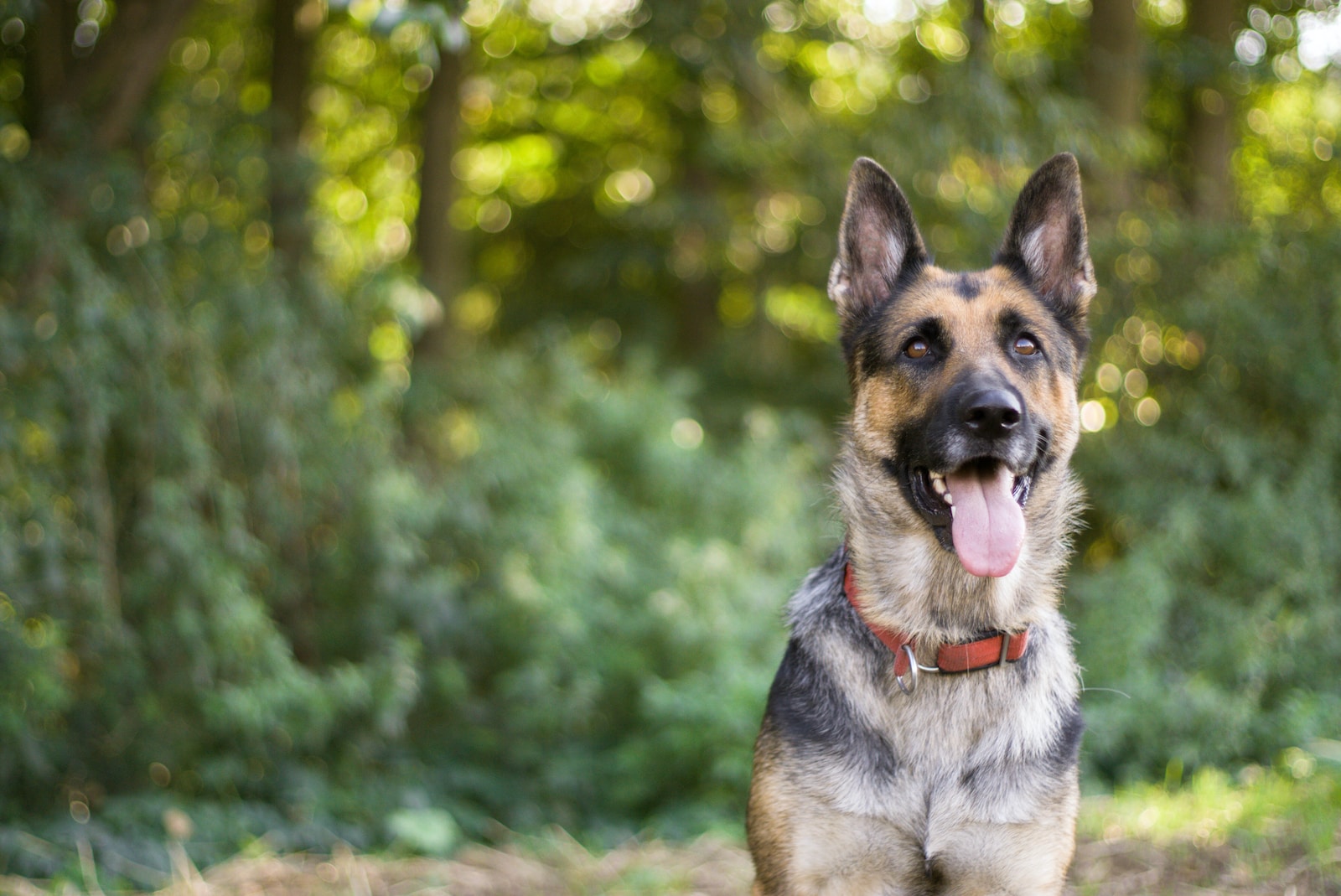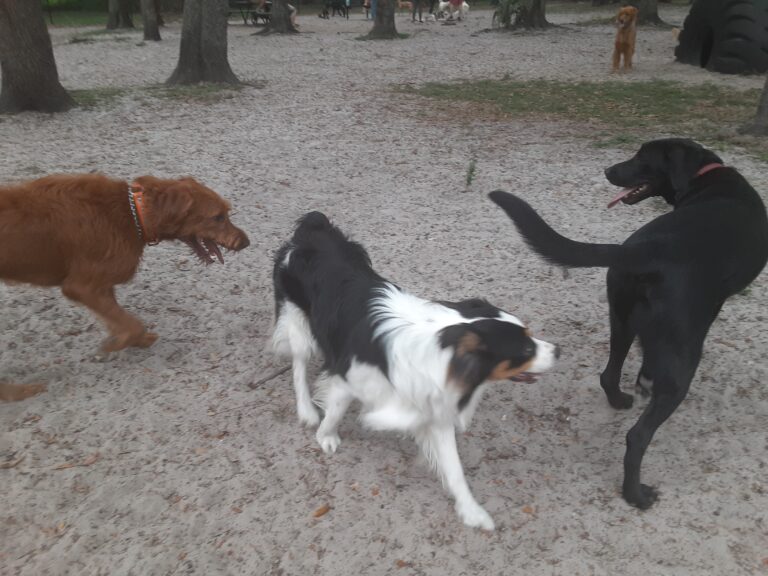Unleashing Freedom: The Removal of Breed Restrictions in Florida’s ‘Dangerous Dogs Law
The debate surrounding breed restrictions in dog ownership has long been a contentious issue, one that often sparks heated discussions. In my view, such restrictions appear to be rooted in a misguided fear rather than a rational approach to canine behavior. While it’s undeniable that certain dog breeds are endowed with strength and size, it’s crucial to recognize that a dog’s behavior is primarily a reflection of its training and upbringing. Unfortunately, the media frequently sensationalizes dog incidents without delving into the context and circumstances, perpetuating a narrative that unfairly stigmatizes certain breeds, particularly those classified as bully breeds. This skewed portrayal has contributed to the public’s growing apprehension and misconception that these dogs are inherently dangerous and vicious. I witnessed many so-called vicious breeds, often unfairly maligned, being trained as service dogs. This encounter underscored the vital importance of looking beyond breed labels and recognizing that with proper training and care, dogs of all breeds can thrive as valuable members of our communities.
In the wake of this monumental change, it’s imperative to delve into which breeds have historically been deemed as restrictive. It’s worth noting that breed restrictions can indeed vary from state to state, and private entities such as landlords or homeowners’ associations may also have their own specific rules in place. Therefore, it remains crucial for potential dog owners to conduct thorough research and communicate openly with their respective housing providers.

Among the most targeted breeds, particularly under breed-specific legislation, are those categorized as “bully breeds.” This term, often misconstrued, encompasses a range of breeds that are characterized by their muscular build and strong, sturdy stature. Breeds like American Pit Bull Terriers, American Staffordshire Terriers, and Bull Terriers, to name a few, often find themselves unfairly scrutinized due to their physical traits: The American Pit Bull Terrier, a breed with a powerful physique and tenacious nature, has unfortunately gained notoriety for its involvement in a number of high-profile attacks. Their strong jaws and robust build can make them formidable, particularly if not properly trained or socialized. It’s important to note that responsible ownership and early training can significantly mitigate potential risks associated with this breed. Known for their strength and loyalty, American Staffordshire Terriers, commonly referred to as Am Staffs, are powerful dogs with a history of being used in dog fighting. These dogs are muscular build and show potential for dominance, but they also have loving and sociable nature. With their distinctive egg-shaped head, Bull Terriers have a reputation for being energetic and sometimes headstrong. While they are known for their playful and affectionate nature, they can be strong-willed and require firm, consistent training.
There are other breeds that fall under “restrictive” depending on what state you are in, and sadly even the most popular breeds fall under these discriminatory practices:
Rottweilers, known for their strength and protective instincts, are another breed often subject to restrictions. Their loyalty and territorial nature can lead to aggression if not properly managed. Early socialization and consistent training are crucial in ensuring that a Rottweiler remains a well-adjusted and safe member of any community.
Doberman Pinschers are characterized by their intelligence, agility, and loyalty. However, their alertness and protective nature can potentially pose a challenge in densely populated living environments. Without proper training and stimulation, a Doberman may become territorial and potentially display aggression towards strangers
German Shepherds are renowned for their intelligence and versatility, often serving in roles such as police, search-and-rescue, and service dogs. Their natural protective instincts can sometimes manifest as territorial behavior, which may not always be conducive to apartment or condo living. Owners of German Shepherds should be committed to providing ample exercise, socialization, and mental stimulation.
Chow Chow, known for its lion-like mane and aloof demeanor, can be reserved around strangers. If not properly socialized from an early age, this breed may exhibit aggressive tendencies. Their independent nature can make training a bit more challenging, emphasizing the importance of early intervention
Akitas are known for their dignified and courageous demeanor. They are naturally reserved around strangers and can be fiercely protective of their families. While their loyalty is admirable, it may lead to potential territorial behavior. Early socialization and consistent training are imperative for Akitas to thrive in shared living spaces.
Alaskan Malamutes are large, affectionate dogs known for their strength and endurance. While generally good-natured, their size and exuberance may pose a challenge in close living quarters. Regular exercise, mental stimulation, and early training are crucial to help channel their energy in a positive and manageable way

It’s essential to recognize that breed alone should never be the sole factor in determining a dog’s temperament or behavior. A dog’s upbringing, socialization, and training play an instrumental role in shaping their demeanor. As witnessed at the recent community dog event, where pitbulls were being trained as service dogs, these dogs exemplified the same warmth, intelligence, and eagerness to please as any other breed. This further underscores the importance of dispelling breed-specific stereotypes and advocating for fair and inclusive dog ownership policies.
Starting October 2023, significant changes are underway in Florida’s “Dangerous Dogs Law.” Governor Ron DeSantis has given his approval to a bill that marks a milestone in the state’s approach to dog breed restrictions in public housing. Previously, bully breeds were subjected to discrimination and restrictions, but under the new legislation, all dog breeds will now be welcome. As of October 1, 2023, this measure will mark the conclusion of the last remaining municipal and public housing limitations targeting specific dog breeds. From this point forward, local governments and public housing authorities will no longer have the authority to impose restrictions based on breed, weight, or size. This transformation is poised to make a profound impact on the lives of countless well-behaved and house-trained dogs, particularly those belonging to bully breeds. These dogs stand as excellent representatives of the canine community at large, proving that breed alone should not dictate their acceptance.
It is important to note that while this law signifies a significant stride forward, it does not extend to private landlords, homeowners’ associations, or insurance companies. Nonetheless, animal welfare advocates remain optimistic that the lifting of restrictions within the public sector could set a precedent and encourage private entities to reevaluate their pet policies.
A notable chapter in this journey occurred in Miami-Dade County, where a ban on pit bulls was implemented in 1989. With the enactment of this new law, such breed-specific legislation will be rendered null and void, putting an end to discriminatory practices against dogs based solely on their breed. This change signals a pivotal moment in the pursuit of fair and inclusive treatment for all canine companions, regardless of their breed or background.
In conclusion, while the removal of breed restrictions in Florida’s “Dangerous Dogs Law” marks a significant step towards a more inclusive and compassionate approach to dog ownership, it’s crucial to remain informed and vigilant. Breed restrictions can still exist at both the state and private levels, emphasizing the need for open communication with housing providers. By recognizing that a dog’s behavior is shaped by a multitude of factors beyond breed alone, we can collectively work towards a more understanding and empathetic perspective on canine companionship.






